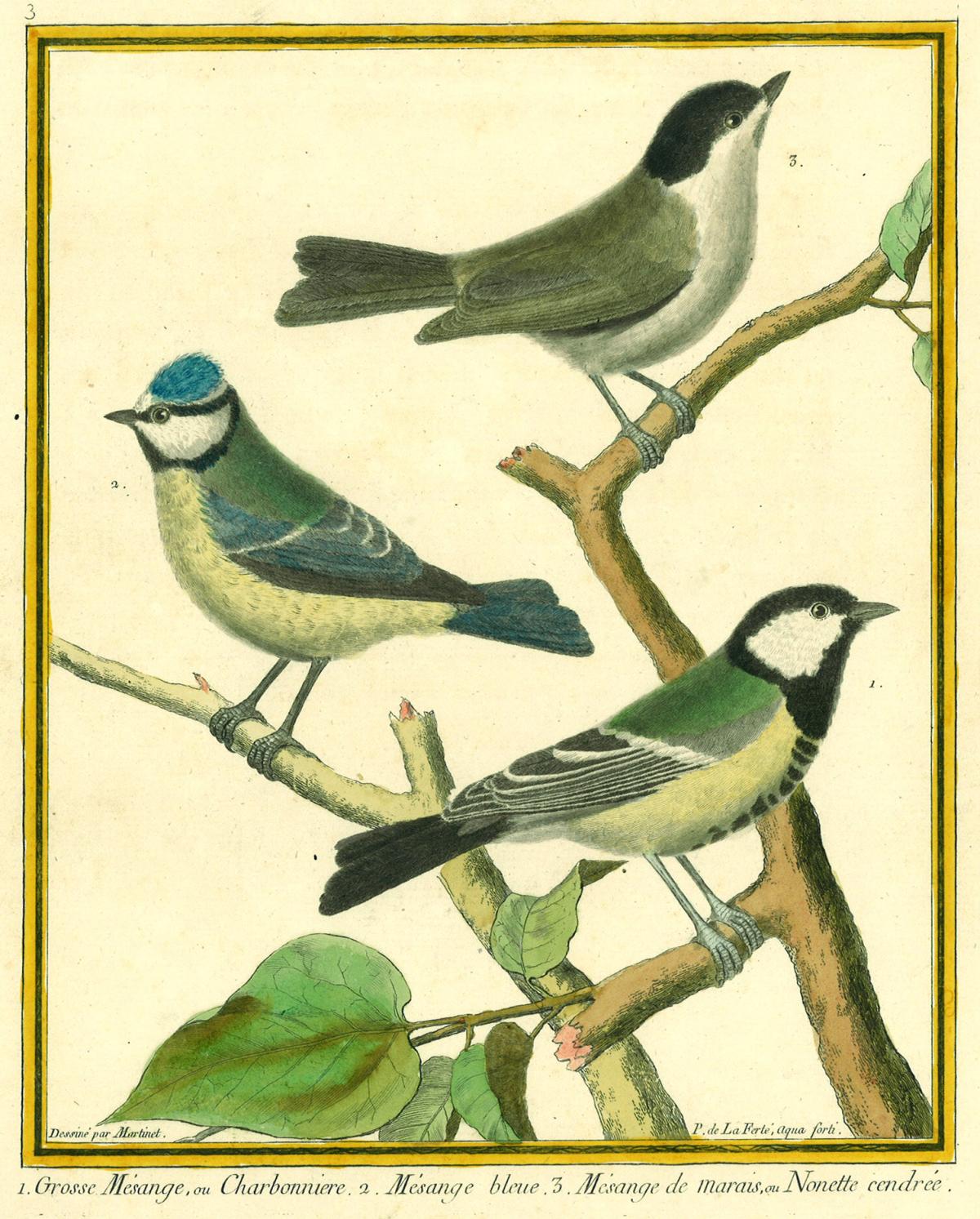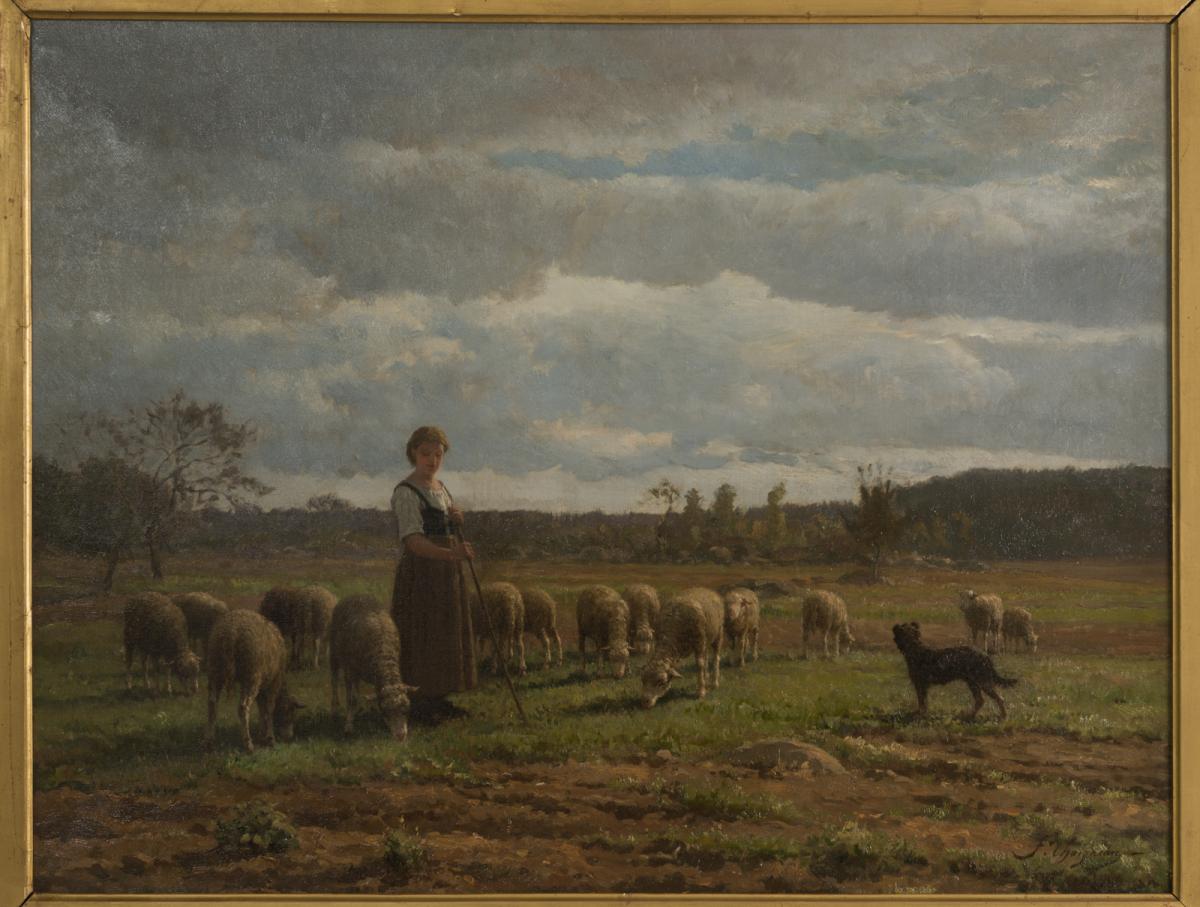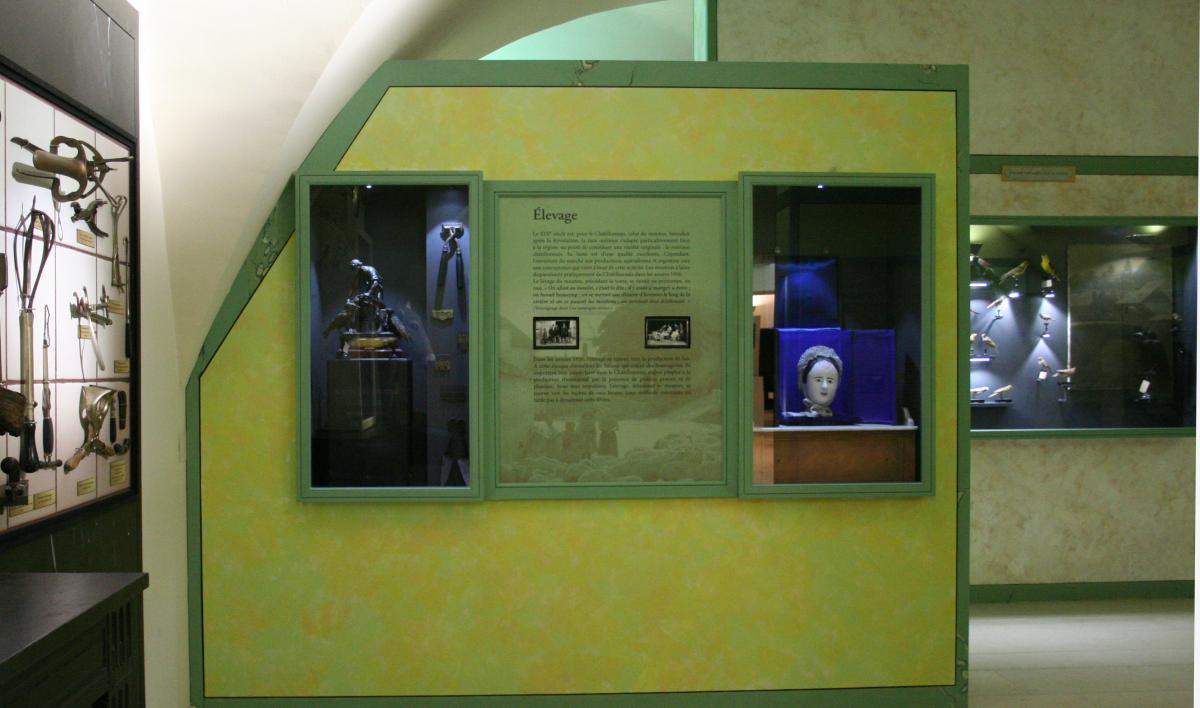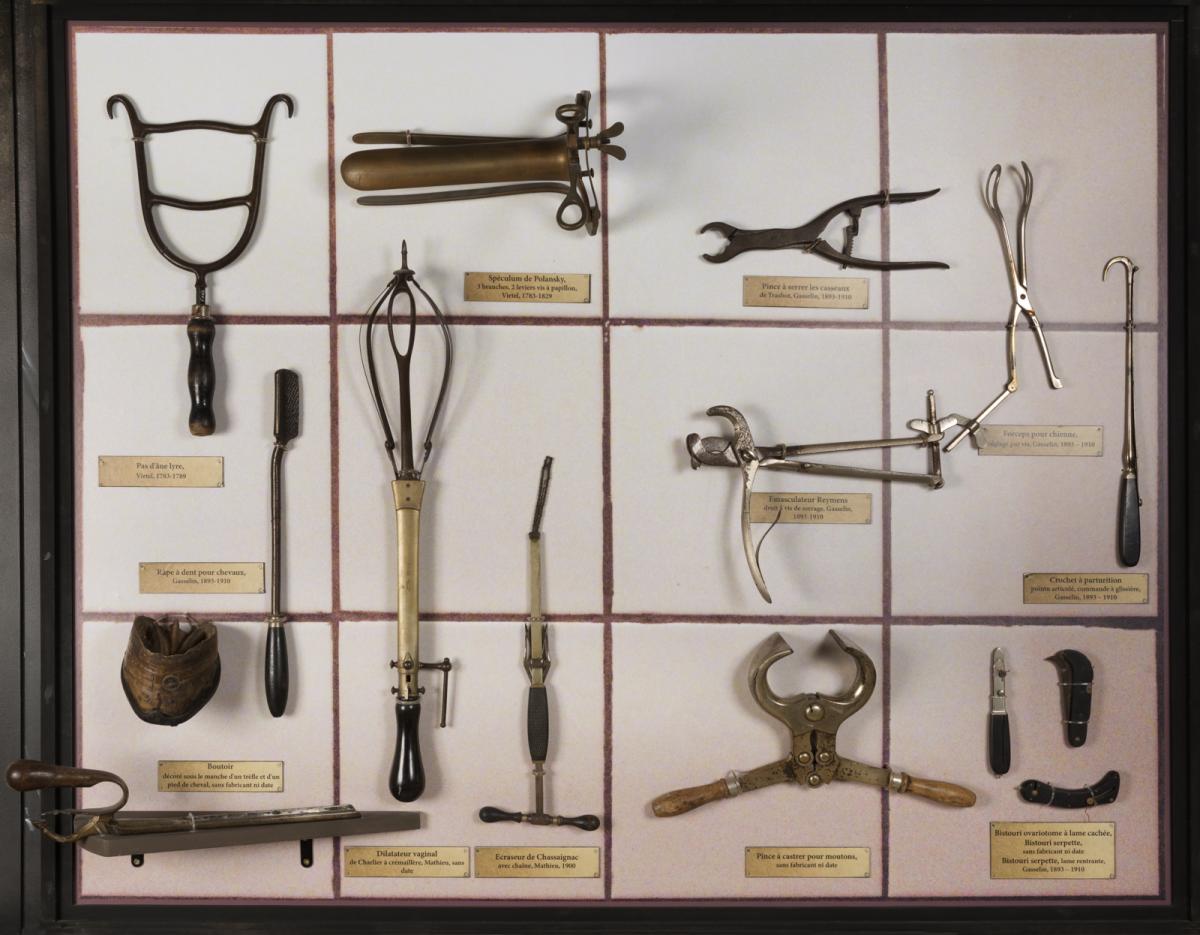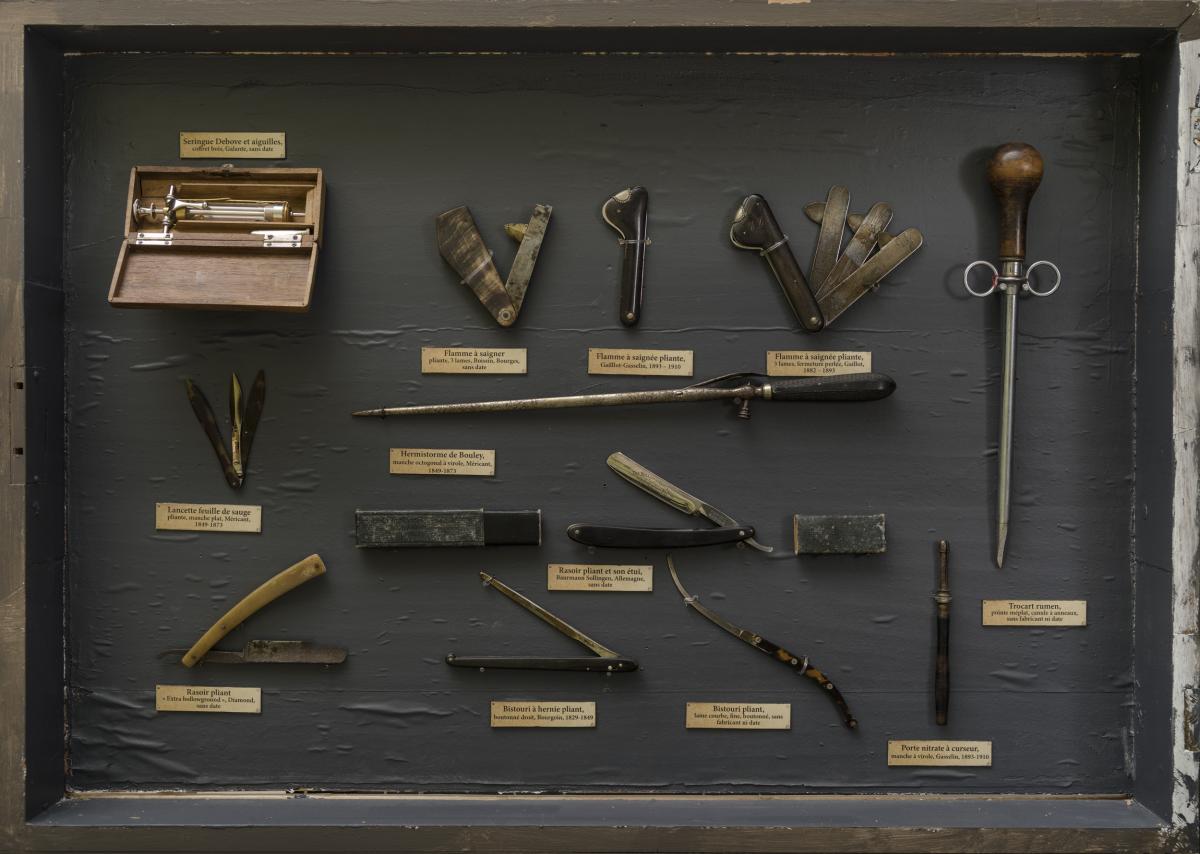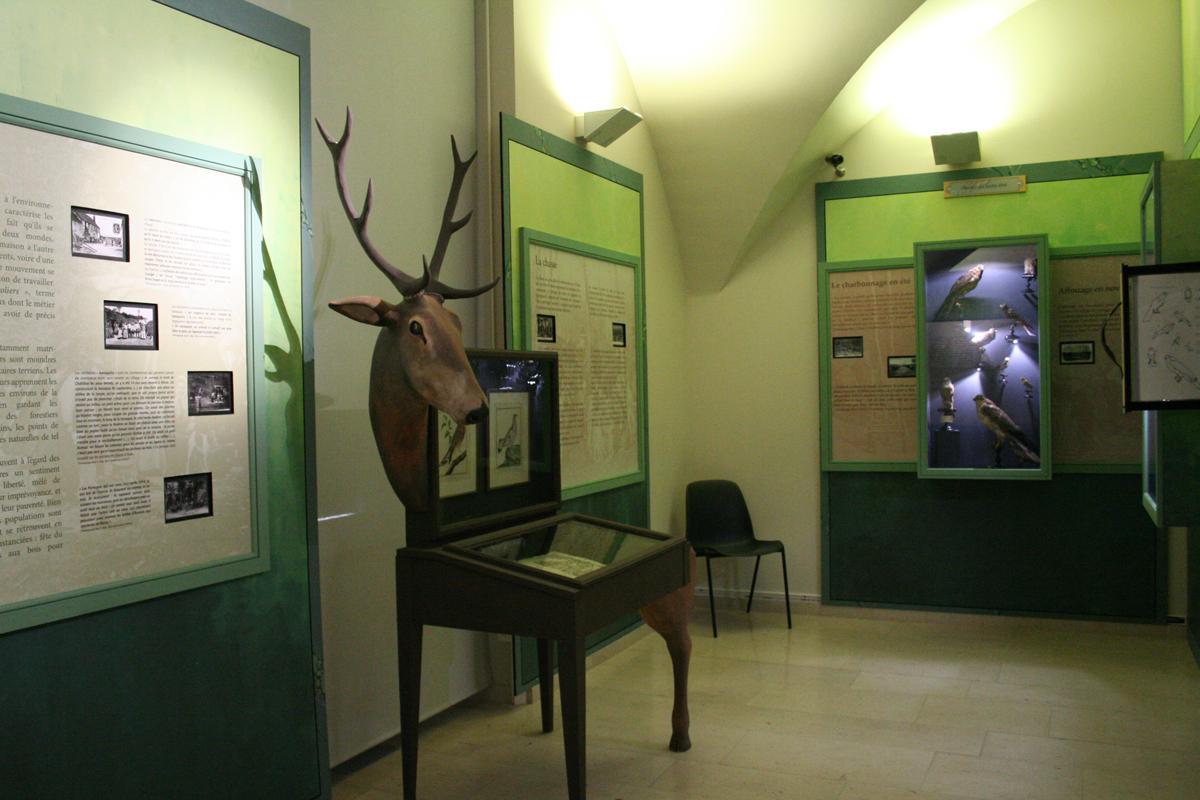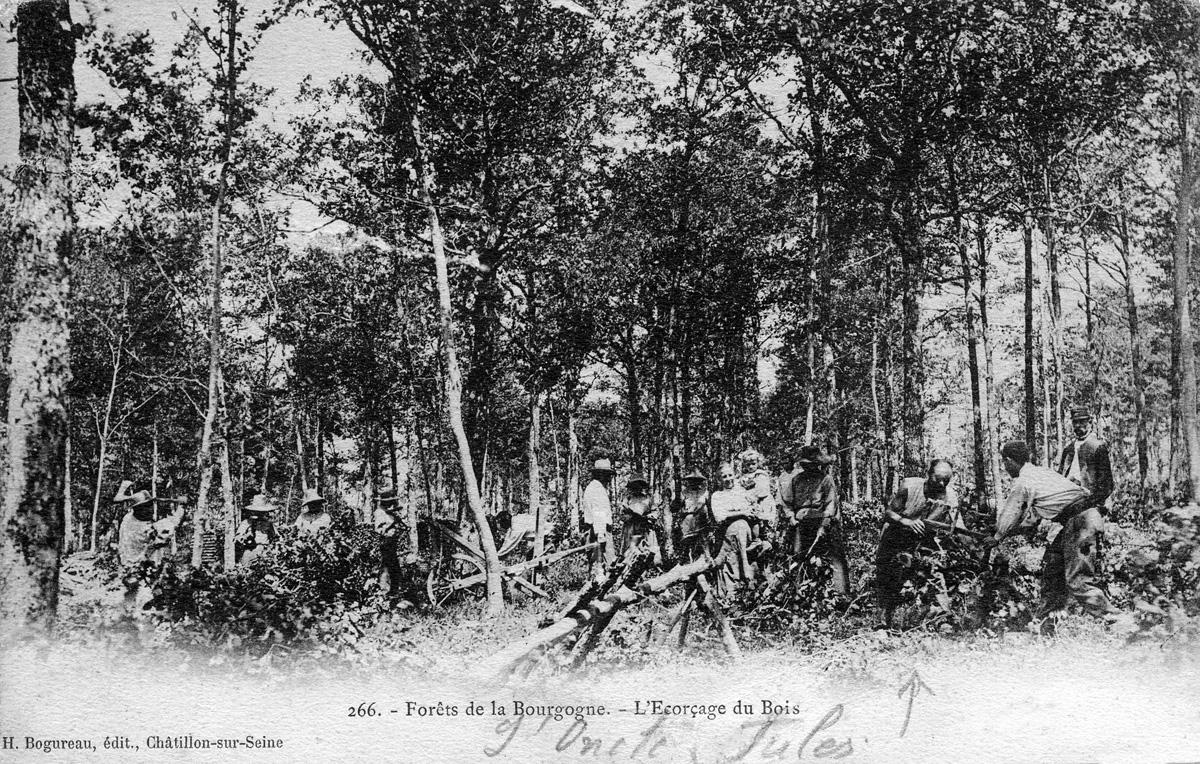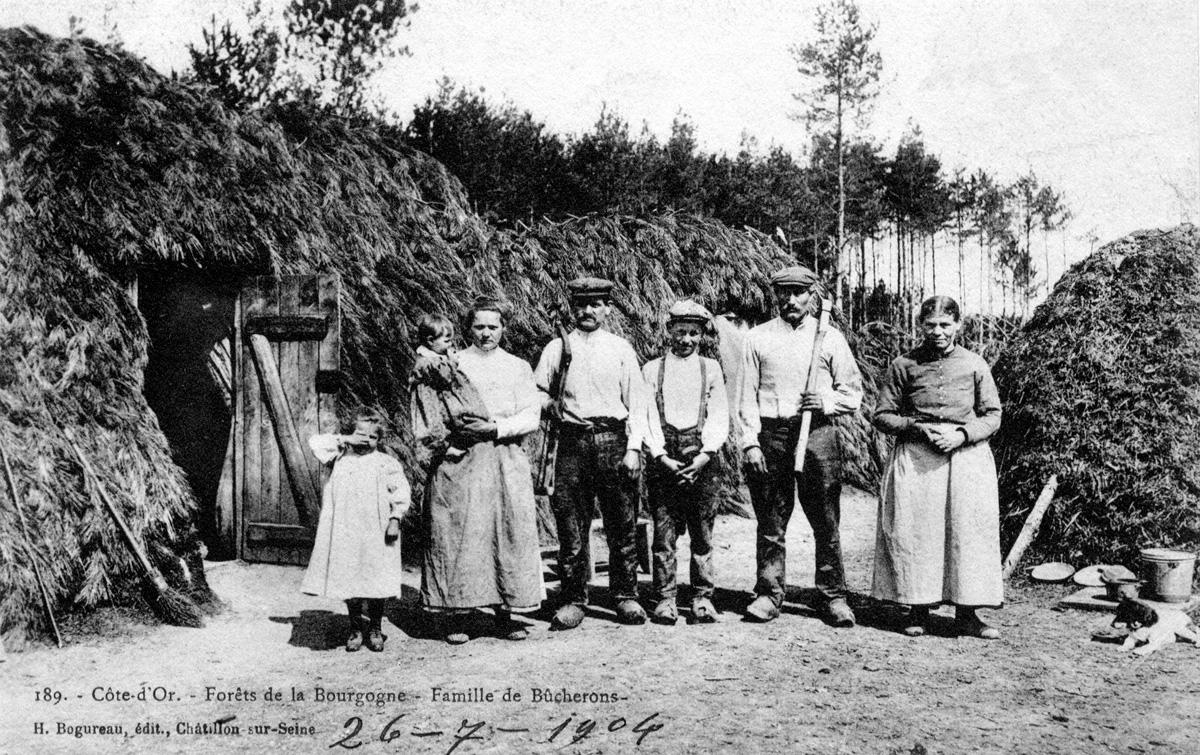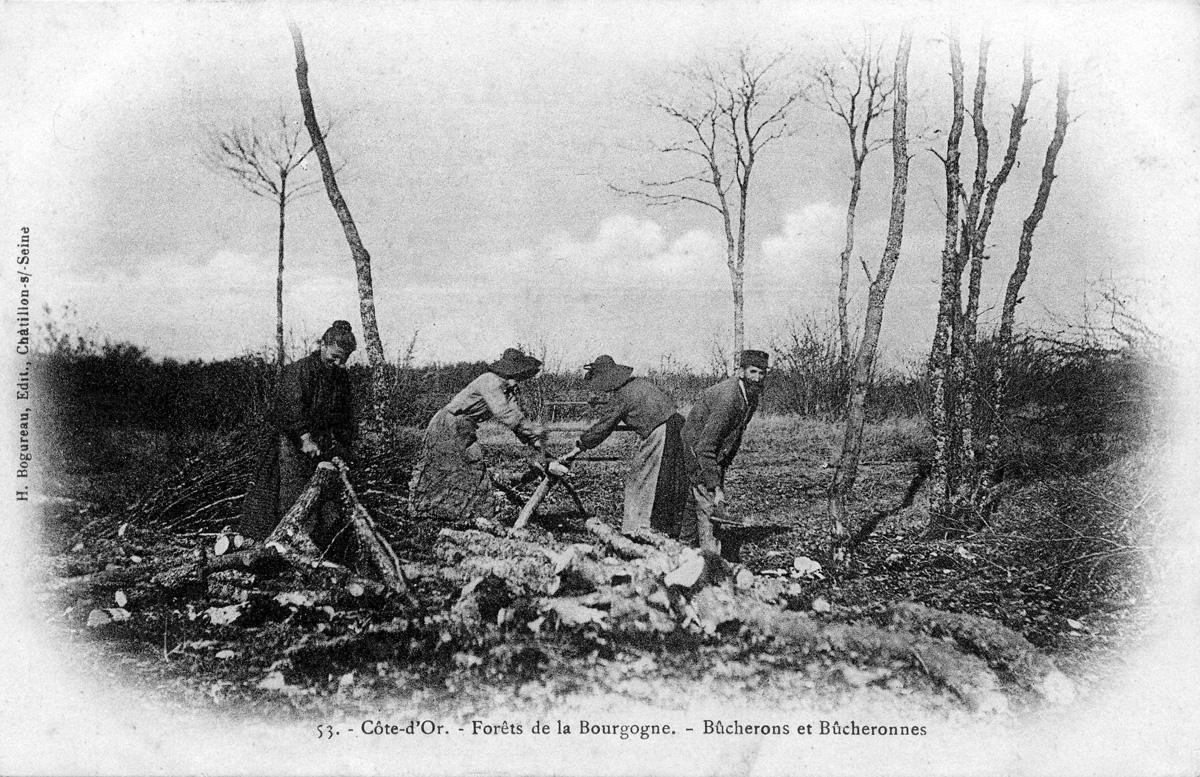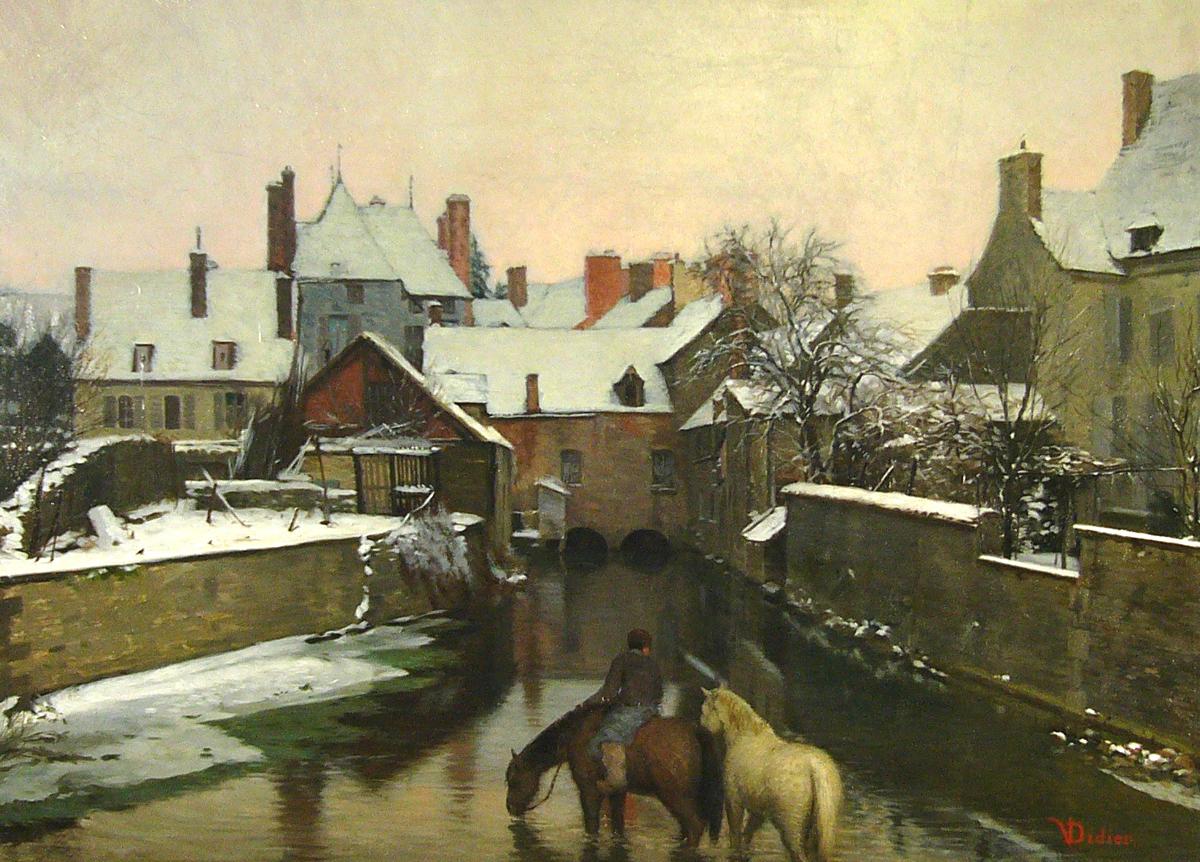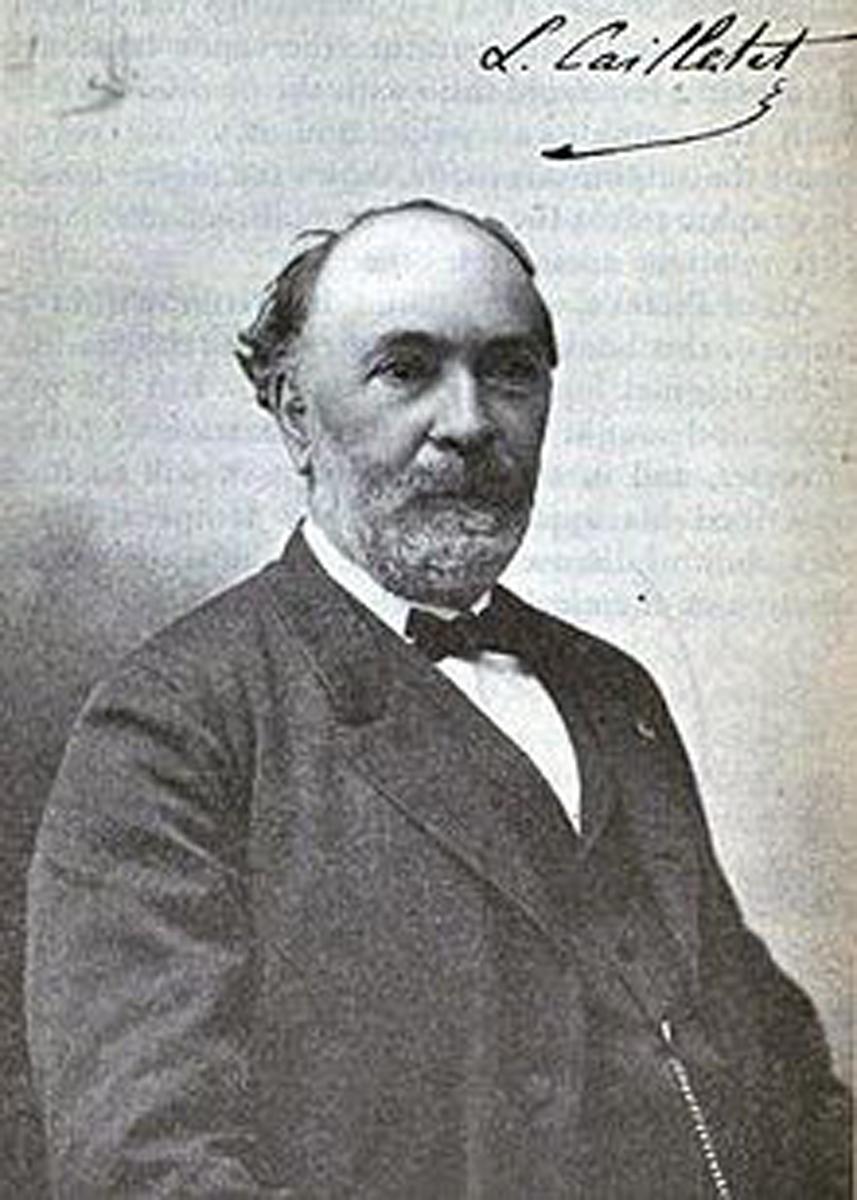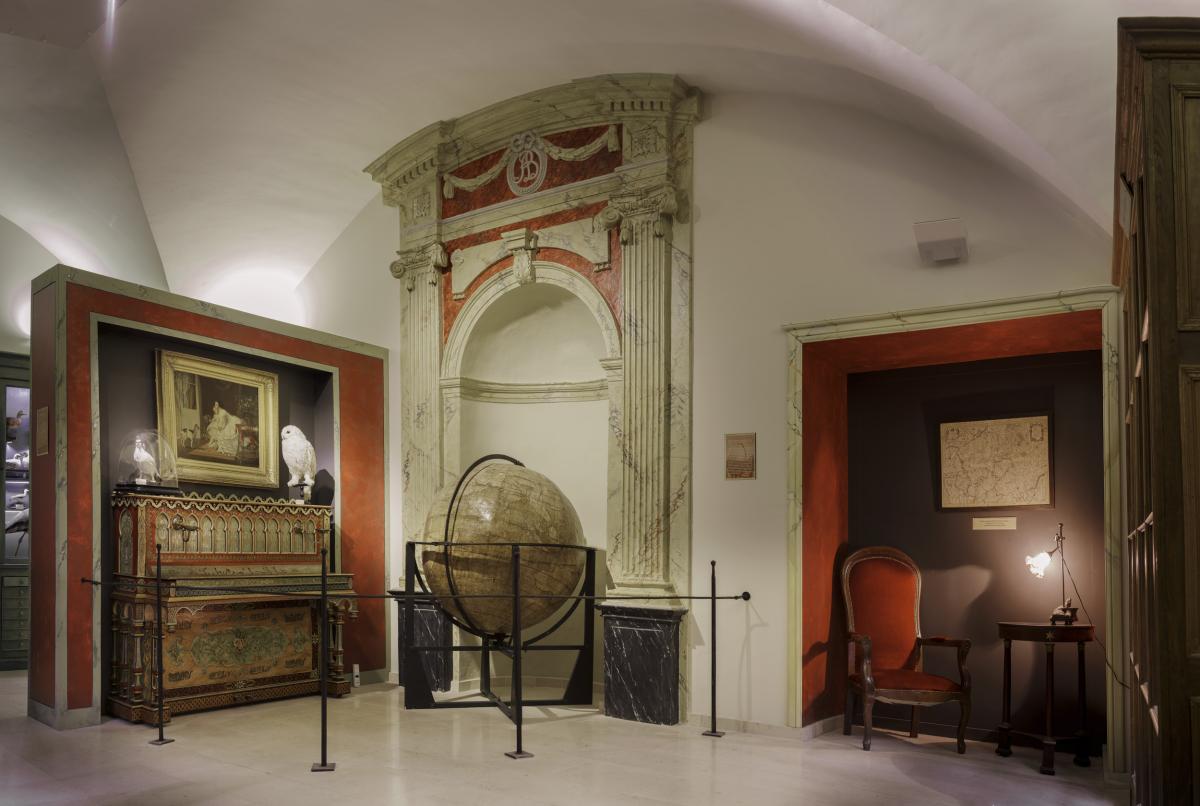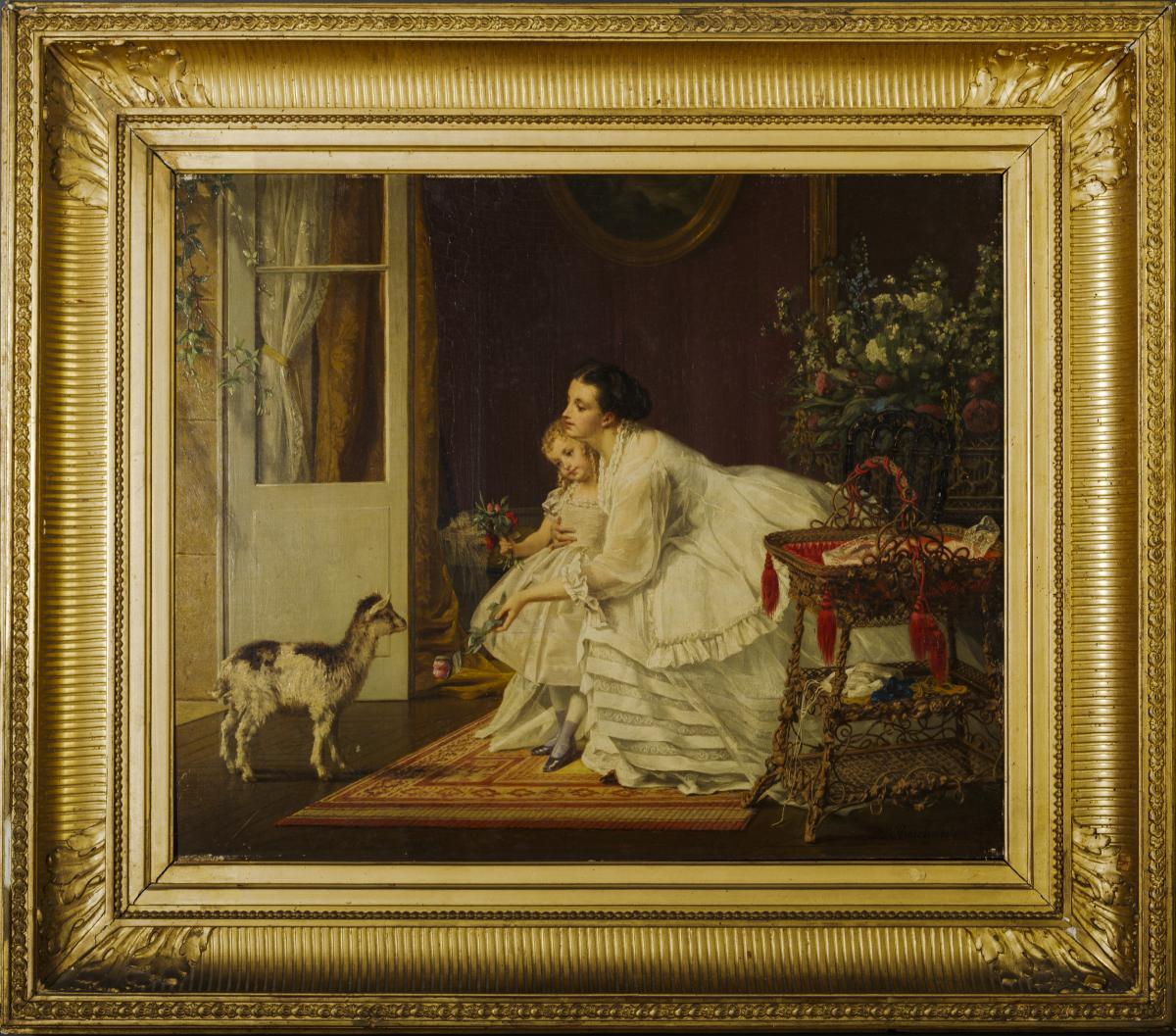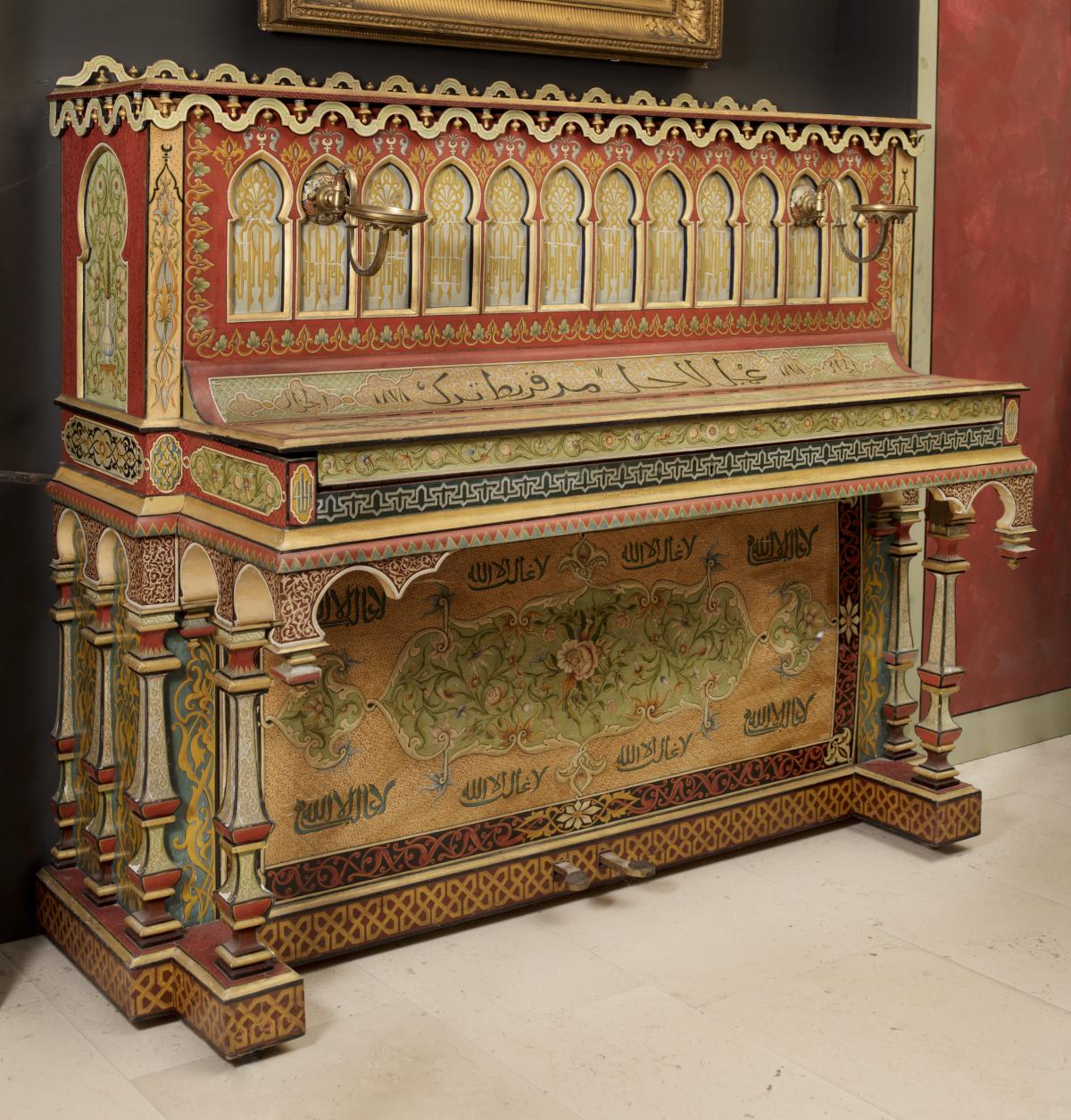A land of forested plateaux, valleys, and springs, the Châtillonnais region is rich in natural contrasts. Located between the Rhône and Seine river corridors, it has long been a crossroads.
This collection of over 200 taxidermy birds, displayed in a cabinet-of-curiosities setting, invites visitors to explore both the region’s natural and social heritage. Through the birds, we glimpse the lives of 19th-century farmers rooted in their land, forest dwellers—poor and free—and the urban bourgeois known as the "Messieurs."

